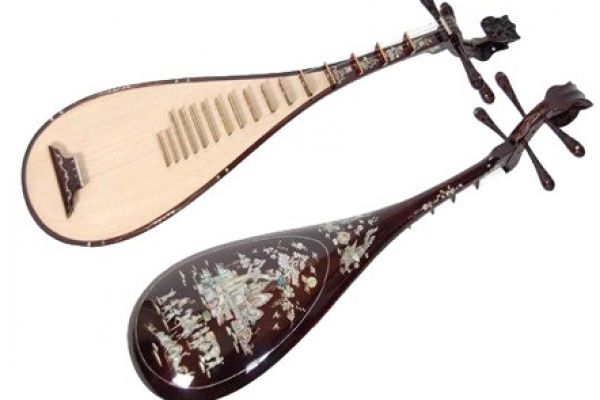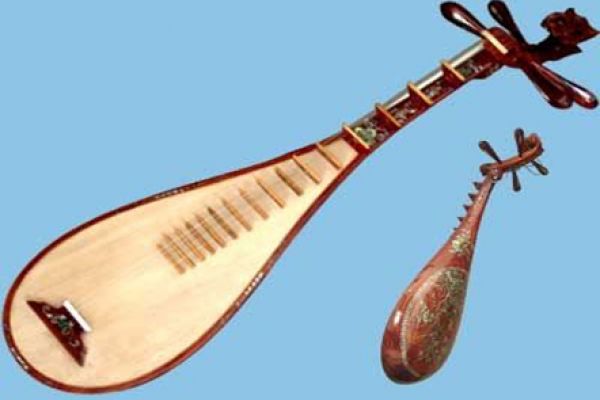A vertically-held bamboo flute is made from the very bottom of a bamboo tree. Bamboo is hollow except for the nodes which are spaced at intervals along the pipe. These nodes are knocked out to form the complete hollow length of the pipe. The bamboo flute is a simple instrument consisting of a stem of fine bamboo with a diameter of 1.5 to 2cm and a length of 40 to 55cm. On the stem, there is one mouth piece and 10 finger holes. At one end, there is an oval blowing hole and a soft wooden rush pith used to adjust pitch. 12cm from the blowing hole, there are six finger holes at 1cm intervals from each other, as well as a non-covering hole located at the other end of the instrument.

Although the placement of holes and tuning of the instrument is a very delicate process, the instrument itself is of a basically simple construction. It is the very fact, however, which allows for very complex techniques in playing the instrument such as the use of the breath with changes in the blowing angle for great or minute changes in sound quality, or partial-holding of finger holes to make delicate pitch changes. When playing, flutists hold the flute transversally to the right side and places his mouth at the blowing hole. The flutist can control air column (slight blowing makes air column move slowly and weakly, as opposed to strong blowing makes air column move fast and strongly). Sao Truc is usually performed solo or in ensemble with other instruments in orchestras of Vietnamese popular opera Cheo, Van singing genre, and Royal Small Orchestra.

During the 1970s, well-known artists Dinh Tinh and Ngo Nam developed a new version of the Sao Truc as they changed the 6-finger-hole flute into 10-finger-hole flute, allowing performers to extend their register. Thanks to this, flutists find more easily when performing musical pieces such as Tieng goi mua xuan (The call of spring) by Dinh Thin, Tinh que (Love for the Country) by Hoang Dam, and a number of others. The Sao Truc is a simple instrument consisting of a length of fine bamboo pierced with finger holes, and has long been connected to Vietnamese cultural and spiritual life. Particularly popular in the countryside, it was traditionally played by resting farmers taking a break from working in the fields.

It can be said that Sao Truc contains the musical essence of the Vietnamese together with the four tranquil seasons. Particularly popular in the countryside, it was traditionally played by Vietnamese farmers whenever they take a break from working in the fields, or even at nights before going to bed.








 Tags:
Tags: 